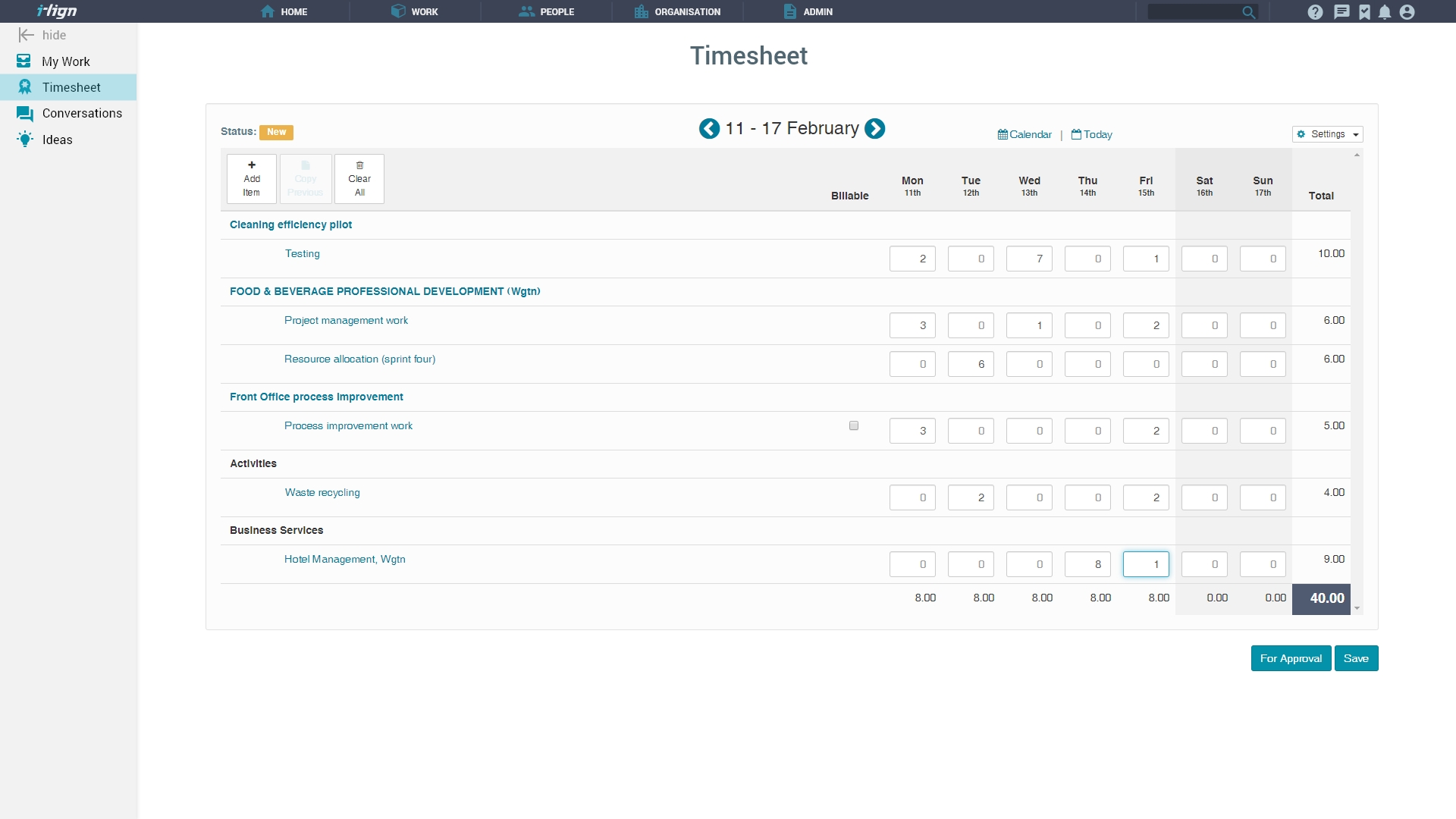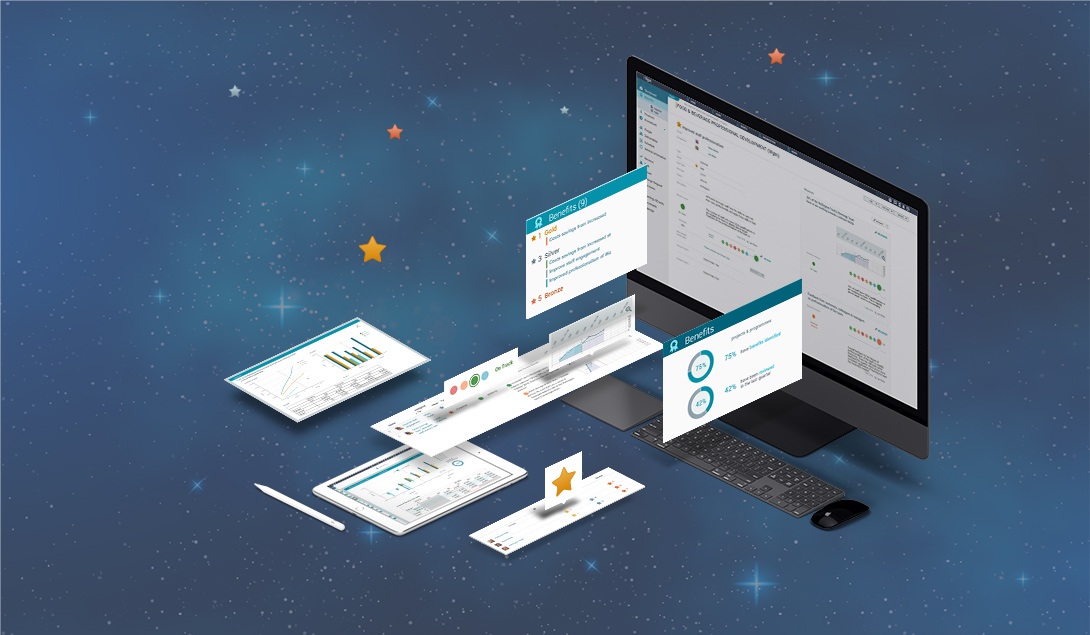Key Features of Financial / Cost of Work Approach
- Socialise the importance of governing cost, and minimising waste, with your people at every level.
- Plan for and then track costs of your people against work, including the capitalization of project costs.
- Build project budgets using your approved organizational Chart of Accounts.
- Track planned, actual and forecast costs (Capex and Operating).
- See high-level costs and NPV against Project Business Cases and monitor ROI.
- See impact of new ‘to be approved’ initiatives in programme financials planning view.
- Track budget variations / hotspots.
- Export to / Import from corporate FMIS, including time-recording information.
Project Governance
Each project will have a finite level of funding available. Rigorous financial management is required to ensure that all expenditure is justifiable, recorded accurately and in a timely manner and managed and reported consistently.
Financial management touches on:
- Chart of accounts
- Funding
- Project capital expenditure and work in progress
- Project operating expenditure
- Project operating expenses
- Contingency
- Baseline operating expenditure
- Depreciation
Integrating with the corporate FMIS (Financial Management Information System) ensures validation.
Monitor trends
Overviewing financials provides value, particularly if it identifies potential cost blow-outs. The investment brief and business case determine the amount of funding required for each project. These values are to be used as a baseline against which to compare the budgeted expenditure (derived from the project plans).
Of great value, is setting up financial monitoring to display trends. In this way those responsible for overview can be looking ahead, and intervening where potential variations look likely.
Another aspect to consider is whether additional value is being realized, and that the cost increase is part of this picture. This may in fact justify, at least in part, the variation.

Time Management

Time-recording is a useful mechanism if it provides accurate information about how people are spending their time, and enables management teams to make best use of time available.
Finding the balance between just enough time-sheeting functionality and not too much is critical. Used well it will support the later capitalization of projects.
Over time we are seeing organizations move towards the concept of time-management. This is a necessary adjustment in thinking if organizations are going to embrace agile-at-scale to allow people to work on a range of different, and potentially more dynamic, value-based initiatives.
Project Financials - Quick Tips
- Set up your financial tracking to produce trend information so you can forecast costs.
- Balance cost blow-outs against potential increases in value being delivered.
- Integrate with the corporate FMIS to support a single-version-of-the-truth by bringing multiple sources of financial information together.







